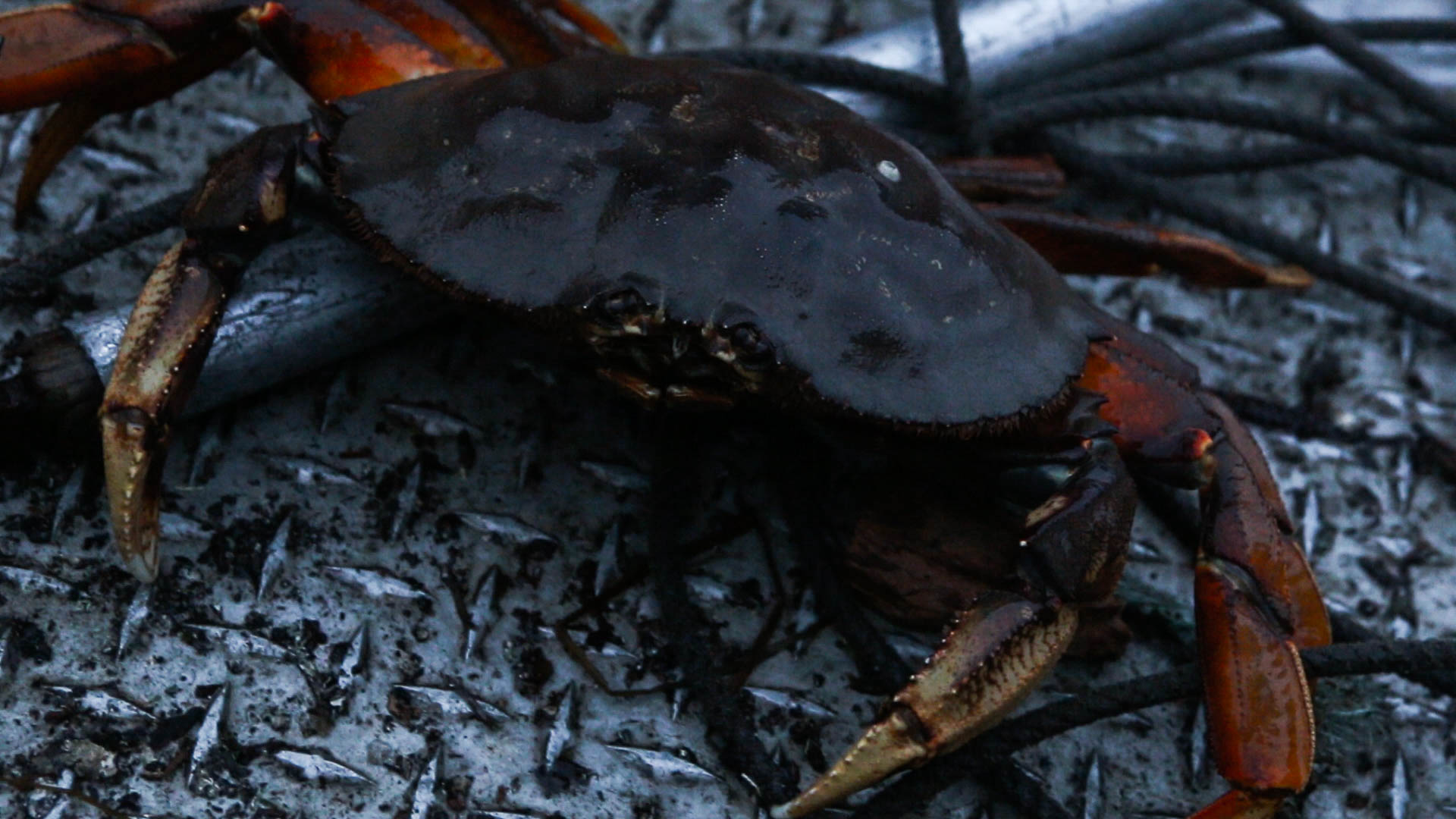
Nunivak kayaks (wikimedia commons)
Hans Himmelheber was a German ethnograph who travelled to Nunivak Island between 1927 and 1980. While he lived with the Nunivak Inuit, he recorded their stories and traditions. This blog is based on his book “Where the Echo began” and gives an insight of 20th century Nunivak Island. I highly recommend to read it by yourself, it is fascinating!
Nunivak Island lies in the south-east of Alaska. The Inuits living in the south-east of Alaska differ from other Inuit: They speak a different language and they have a distinct culture. Their culture is based on seals, reindeers, walrus, salmon and other fishes. However, they also depend on driftwood, roots, greens and berries. Activities depend on the different season. Therefore the year is divided into Berry time, time of plucking the dry grass, salmon time amongst others.
Hunting is central for the Nunivak Inuit: it determines their survival. For that reason, a man’s worth depends on his hunting ability. Stories are about men and hunting. Qualities like cleverness, faithfulness or heroicness seem less important.
Animals are seen as disguised people. Within it lives a second being which can appear as a human at will. Hunters take care of connections to the animal world but communication with the animal and the spirit world is handled by a Shaman.
There are different types of stories: hero stories, animal stories, myths and creation legends and ancestor stories. Hero stories are the most popular ones. Mostly they tell the adventures of a poor boy finding a way to a better life. Surprisingly, animal stories are not told a lot despite the spiritual connection to them.
The stories are differ greatly from the stories told in western society. Rather than going into a certain direction, the stories flow like a river. Often, the end comes abruptly and the story is framed by a distinct morality. Death and killing is regarded as more casual, a fact which is might come from the rough environment and the daily struggle for live which inform the Inuit’s experience.
Reference: Hans Himmelheber, 2000: Where the Echo began (edited by Ann Fienup-Riordan)
 The start of new project! In the northwest of BC, a small island in proximty to Prince Rupert shall become the place for a big development. The Pacific NorthWest LNG company plans to use Lelu Island to construct their liquefaction plant. LNG, short for liquefied natural gas, is a new technology used to liquefy natural gas in order to ship it to different places of the world. PNW LNG is met by resistance from local First Nations and climate specialists because it threatens local salmon and harbour porpoises and because of its high GHG potential.
The start of new project! In the northwest of BC, a small island in proximty to Prince Rupert shall become the place for a big development. The Pacific NorthWest LNG company plans to use Lelu Island to construct their liquefaction plant. LNG, short for liquefied natural gas, is a new technology used to liquefy natural gas in order to ship it to different places of the world. PNW LNG is met by resistance from local First Nations and climate specialists because it threatens local salmon and harbour porpoises and because of its high GHG potential.


 Me and a friend had the chance to visit a culturally important place 4 hours north of Vancouver on a weekend in the beginning of October: Stein Valley.
Me and a friend had the chance to visit a culturally important place 4 hours north of Vancouver on a weekend in the beginning of October: Stein Valley.
